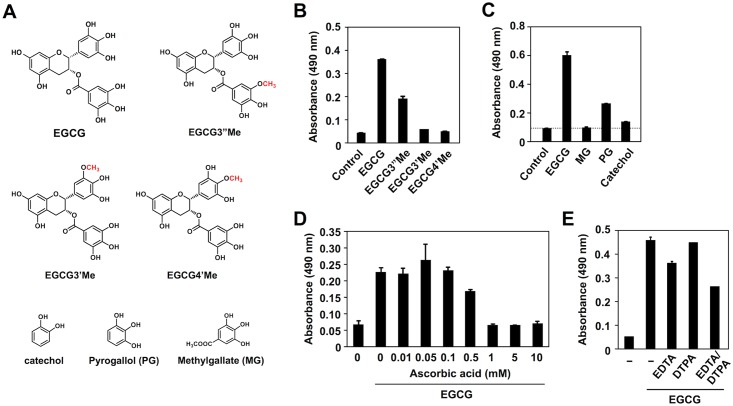Fig 9. A functional determinant for the formation of innate epitopes by EGCG.
(A) Chemical structures of EGCG, O-methyl derivatives of EGCG, and the structural elements of EGCG. (B) Transformation of HSA into the innate epitopes by O-methyl derivatives of EGCG. (C) Transformation of HSA into the innate epitopes by the structural elements of EGCG. In panels B and C, HSA (1 mg/ml) was incubated with 1 mM EGCG and its related compounds in 0.1 ml of PBS (pH 7.4) for 24 h at 37°C. (D) Dose-dependent inhibition of the EGCG-mediated transformation of HSA into the innate epitopes by ascorbic acid. HSA (1 mg/ml) was incubated with EGCG (1 mM) in the presence and absence of ascorbic acid (0–10 mM) in 0.1 ml of PBS (pH 7.4) for 24 h at 37°C. (E) Effect of metal chelators on the EGCG-mediated transformation of HSA into the innate epitopes. HSA (1 mg/ml) was incubated with 1 mM EGCG in the presence and absence of 100 μM chelators in 0.1 ml of PBS (pH 7.4) for 24 h at 37°C. In panels B-E, cross-reactivity of the protein with the IgM mAb BDM1 was examined by ELISA.

